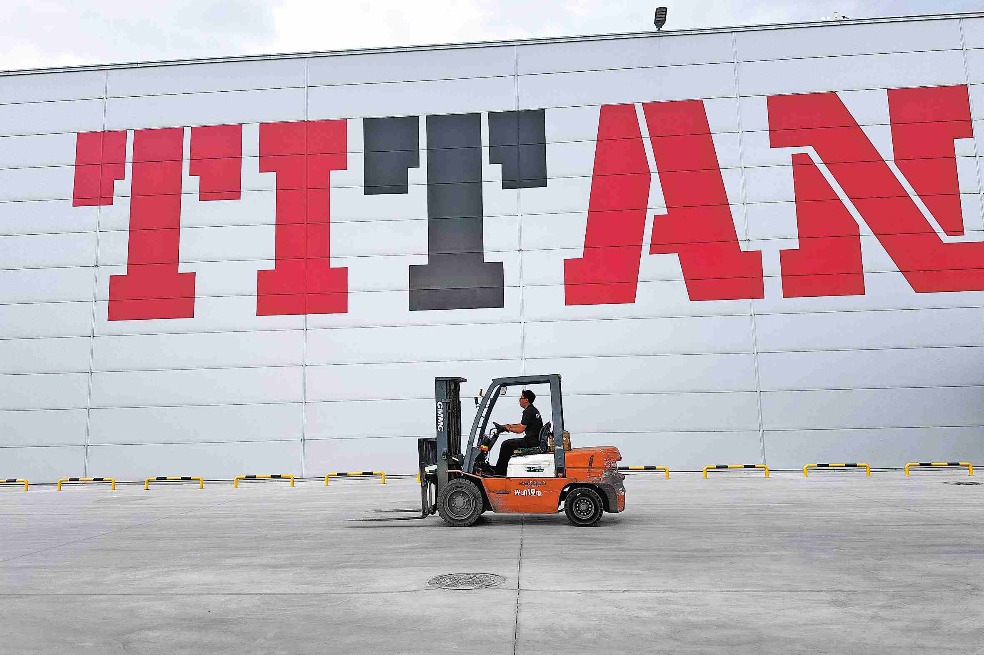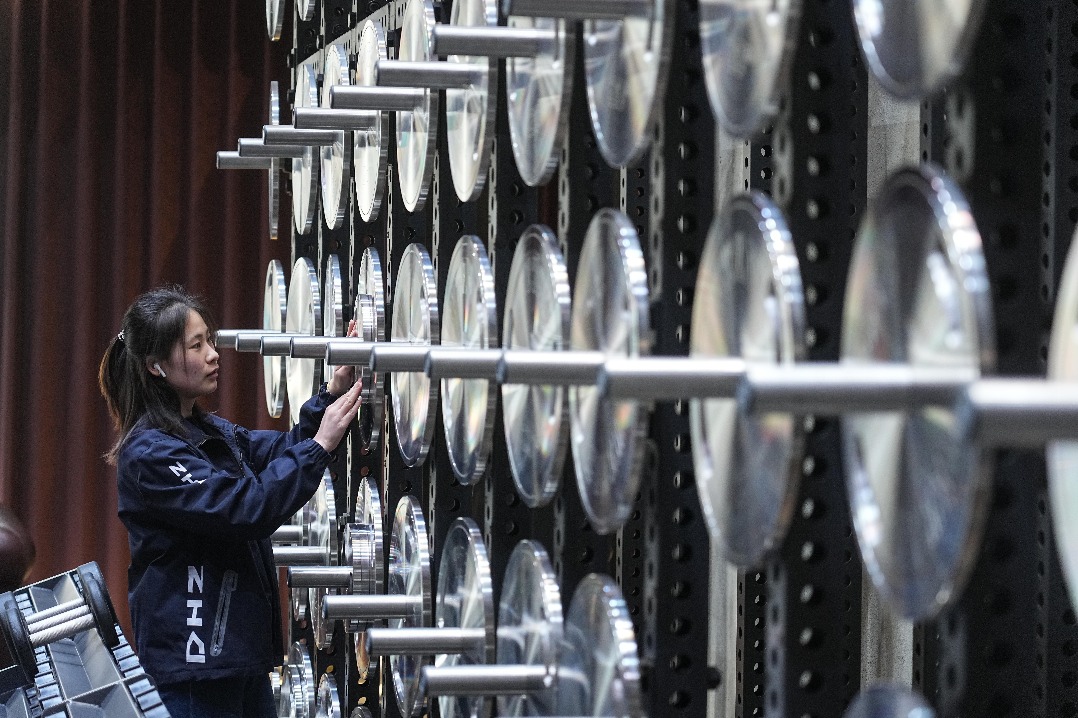Impact of US tariffs on solar firms seen limited
Move less effective in curbing China's role in the global solar supply chain, says expert


The United States' latest move to raise tariffs on upstream polysilicon and wafers from China is expected to have only a limited impact on China's solar power sector, said analysts and companies.
Chinese firms have been diversifying their supply chains across the globe, allowing them to mitigate the effects of such trade barriers, they say.
The Office of the US Trade Representative announced earlier that it has finalized tariff hikes on selected Chinese products following a four-year review aimed at "strengthening protections for strategic industries", despite opposition from multiple domestic sectors.
Further control over tariffs on photovoltaic imports could increase the cost of solar projects in the US, potentially affecting its solar energy expansion efforts, yet with only a limited impact on China's solar sector, said Lin Boqiang, head of the China Institute for Studies in Energy Policy at Xiamen University.
The tariffs will create challenges but are unlikely to result in any significant structural change in China's photovoltaic dominance, as Chinese solar companies are capable of navigating this latest challenge with minimal disruptions to their global operations, Lin said.
"US reliance on imported solar products from Southeast Asia, where many Chinese firms have production facilities, means that the US solar market will still indirectly depend on Chinese upstream production, making the tariffs less effective in curbing China's role in the global solar supply chain. On the other hand, while US tariffs might increase production costs for some Chinese exporters, the growing internal and international demand will help stabilize revenues," Lin said.
Li Xiande, chairman of JinkoSolar, said Chinese solar companies have been competitive in research and development, especially in upstream manufacturing and grid infrastructure, as well as commercialization and scaling up.
In response to global challenges in recent years such as trade barriers and protectionism, JinkoSolar has made strategic moves including diversifying markets, customizing production and exporting technology and expertise to ensure its global leading position, he said.
For example, the company has been increasing its local presence by establishing subsidiaries across key markets such as Egypt, Kenya, Namibia, Morocco, Nigeria and South Africa, all of which the company — the world's largest solar panel producer by shipments — believes "has ambitious and decisive energy transition goals and relatively stable political and financial environments, making them prime targets for growth".
It has also been stepping up efforts to increase partnerships with influential local customers, stakeholders, local trade associations and government lobbyists, said Li.
Due to various trade policies, direct exports of Chinese PV products to the US are almost zero. Tariffs on exports from Southeast Asia to the US are expected to increase, and the final tariffs will be revealed in September or October, he said.
Despite the current trade barriers, Li said he still believes accelerated mass adoption and strong demand from diversified markets represent great opportunities for JinkoSolar.
Solar wafers and polysilicon made in China have seen record-low prices this quarter, according to Rystad Data. The proposed 50 percent tariff would raise prices, but not significantly, given the current low price levels, it said.
"The 50 percent tariff on solar cells from China reads like a symbolic measure," said Nicholas Lua, a solar supply chain analyst at global consultancy Rystad Energy.
In 2023, the value of US solar cell imports from China averaged $1.75 million per quarter. That's sixty times less than the value of US solar cell imports from Southeast Asia for the same year, which averaged $116 million per quarter last year. The cell tariff will not substantially impact trade flows between both countries, he said.
The China Photovoltaic Industry Association said the US has not ranked among the top 10 export markets for Chinese PV products in recent years.
Due to the lack of a complete PV supply chain and sufficient production capacity in the US, the country relies heavily on imports for its solar products. Currently, most solar products in the US are imported from Southeast Asia, with about 80 percent of the country's total PV module imports coming from the region, it said.




































